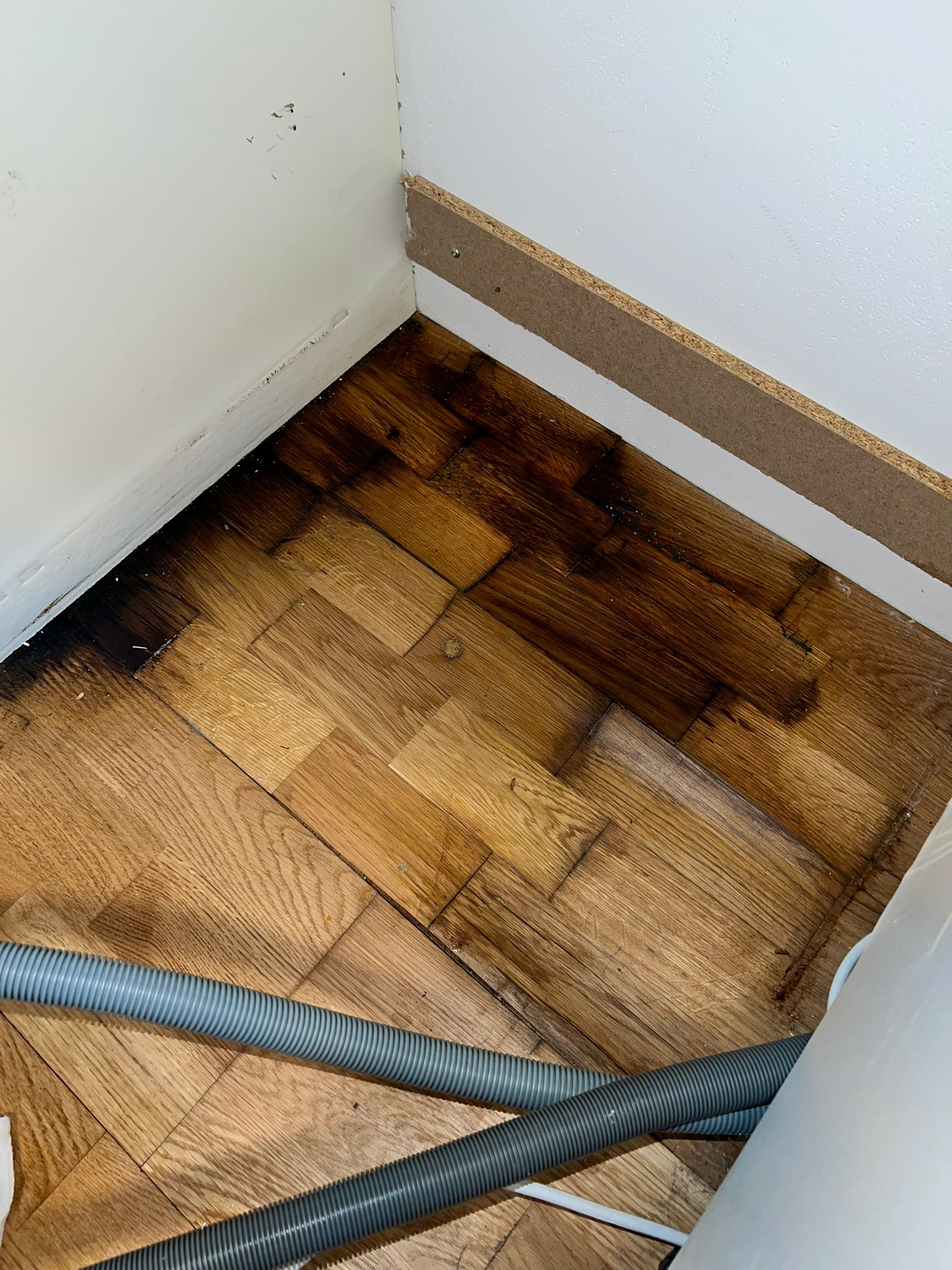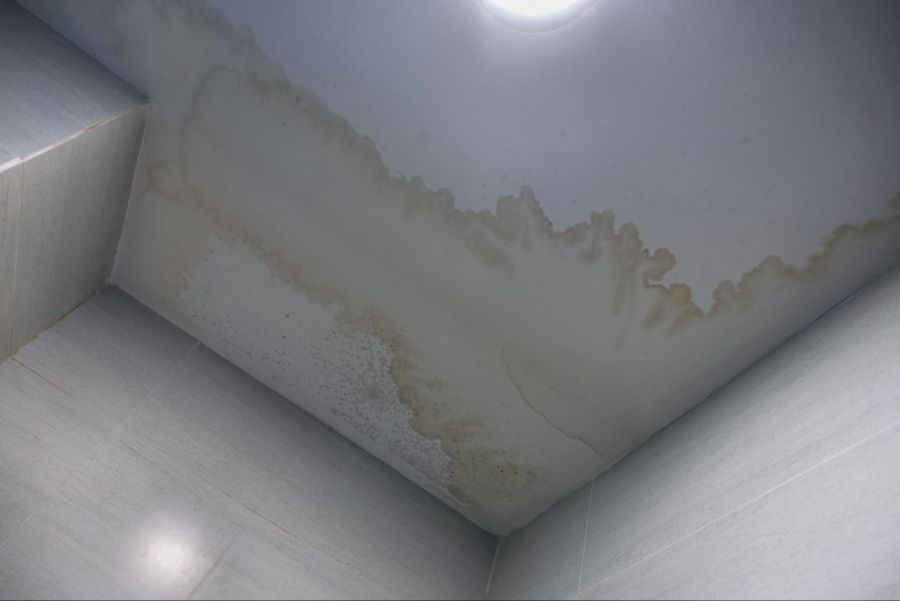Mold Testing
Mold testing allows for the identification of any mold types present in the sample taken. Air samples catalogue raw counts, extrapolated counts per cubic meter (concentration), and percentage of total fungi. Surface samples identify the types of mold present and growth concentration. An outside sample is always taken and, along with other concentration criteria, is used as a baseline for comparison against the samples taken in other location.
Types of samples
- Air Samples – Air Samples are collected with a precision vacuum pump and spore trap cassettes. Depending on the space being sampled, 30-75 cubic liters of air is drawn through the cassette and impacted onto a collection medium. The medium is then analyzed for types of mold present and quantity. Virtually all samples taken are going to show some levels of mold in the air; the samples determine if the levels in the space are normal or elevated as compared to the outside sample, which is taken as the baseline. Beyond the outside sample comparison, the data is also evaluated as to concentrations of particular molds known to cause health-related problems and also the percentage makeup on individual molds as compared to the total count.
- Cavity Sample – Collected in the same manner as air samples, but with a tube connected to the end of the spore trap to allow a sample to be collected from within a wall or ceiling/floor cavity. These may be taken when a wall has high moisture content, has visible mold on the surface, or is suspect due to known leaks.
- Surface Sample – Surface samples can be taken of any visible growth or suspected growth, such as on a wall/ceiling or HVAC ductwork. These can be helpful in determining if the visible mold is the source of elevated airborne counts or if it is a symptom of an underlying cause. Generally taken with a tape lift, surface samples will isolate the types of mold contained in the visible growth or suspected growth.
Samples are sent to an accredited laboratory for analysis and are available with one to two business days. In addition to the lab results, a summary report is generated detailing and explaining any concerns, and providing recommendations for corrective measures if necessary.

Latest Mold Testing Projects

Home Tested for Mold in Summerville after Dishwasher Leak
A Charleston Area real estate agent referred GLS Engineering & Testing to one of their clients who had purchased a home in Summerville a couple of years back. The couple was ecstatic about their new-to-them home, but the dishwasher had recently developed a leak that […]

GLS Engineering Helps a Do-It-Yourselfer with Water Leak and Mold
GLS Engineering was referred to the owner of a townhome in North Charleston who had experienced a water leak from the second floor. They had already torn out the drywall and dried the place out, but visible mold had already developed, and mold testing revealed that […]
Contact Us Today For Investigation & Mold Testing In Charleston & The Surrounding Areas!